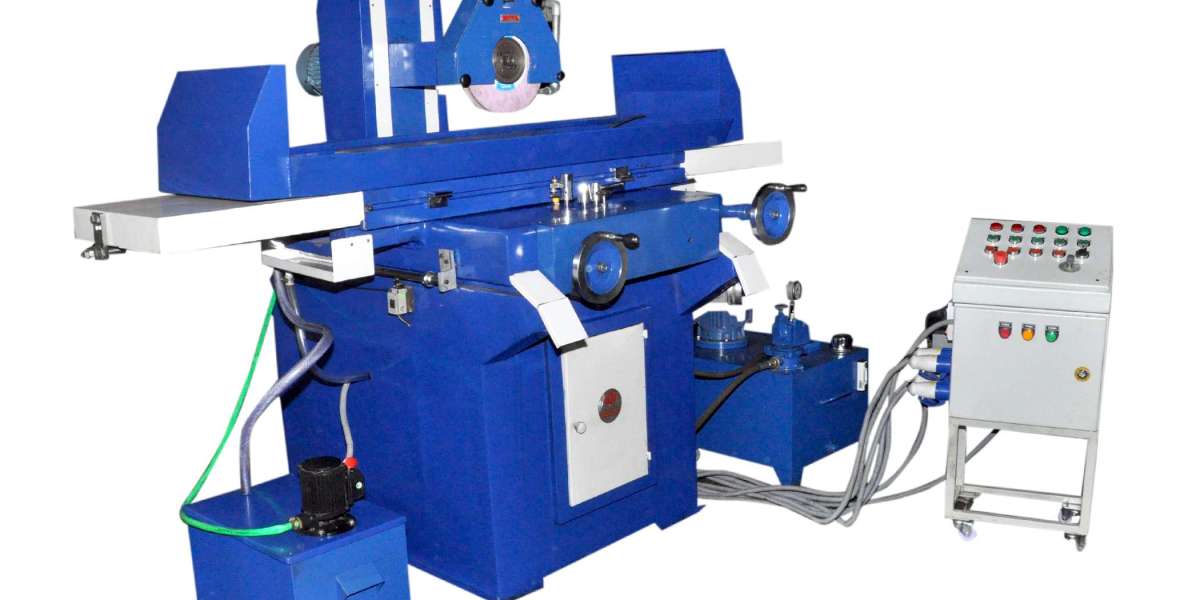In the world of manufacturing and industry, there exists a remarkable piece of machinery that has transformed the way we shape metals, mold materials, and create products with precision and power. The hydraulic press, a sophisticated and versatile invention, has become an indispensable tool in various industrial applications. With its ability to apply controlled force and immense pressure, these machines have paved the way for groundbreaking advancements in manufacturing processes. In this blog, we will delve into the workings, applications, and significance of hydraulic presses in shaping our modern world.
Understanding the Inner Workings
At the heart of the hydraulic press lies the principle of hydraulic power, which uses the force generated by liquids to perform mechanical tasks. Hydraulic presses typically consist of a hydraulic cylinder and a piston connected to a pump. When fluid, usually oil, is pumped into the cylinder, it exerts pressure on the piston, which transmits this force to the workpiece. The pressure can be precisely controlled, allowing for accurate and repeatable applications of force.
Versatility in Industrial Applications
The versatility of hydraulic presses is one of their most significant advantages. From the automotive to the aerospace industry, these machines find applications in a wide range of manufacturing processes:
a. Metal Forming: Hydraulic presses are utilized extensively for metal forming operations, such as bending, shaping, and deep drawing. By applying the right amount of pressure, manufacturers can mold metal into complex shapes with high accuracy.
b. Forging: Forging is a process that involves shaping metal through compressive forces. Hydraulic presses are ideal for forging as they can generate enormous pressure required for reshaping and refining metals.
c. Punching and Stamping: In sheet metal processing, hydraulic presses are employed to punch holes, cut shapes, and perform stamping operations. These precise movements are crucial for creating intricate designs and patterns.
d. Compression Molding: Industries like plastics, rubber, and composite materials rely on hydraulic presses to perform compression molding, where the material is shaped by applying pressure and heat.
e. Powder Compaction: In the pharmaceutical and chemical industries, hydraulic presses are used to compact powders into tablets or briquettes.
Safety and Efficiency
Hydraulic presses are designed with safety in mind. Many modern presses feature advanced safety mechanisms, such as emergency stops, two-hand controls, and pressure-relief valves. These measures ensure that the operators and the machinery remain protected during operation.
Moreover, hydraulic presses offer high efficiency due to their ability to maintain a constant force throughout the process. They also enable automation, reducing manual labor and streamlining production.
Related Links:








